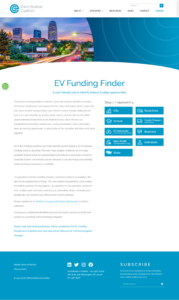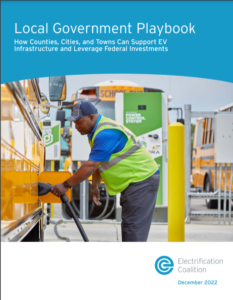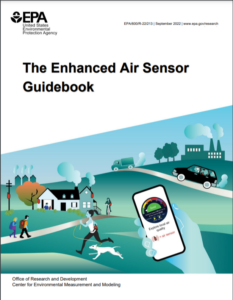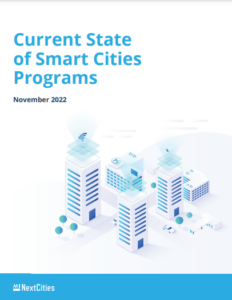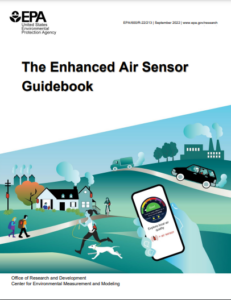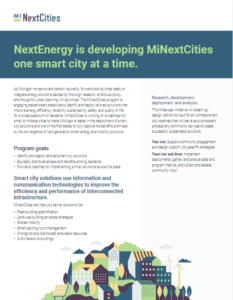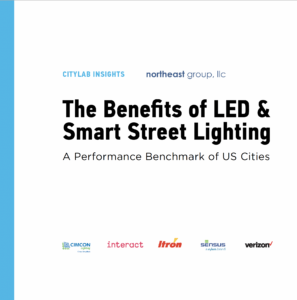Smart city solutions have many forms: energy-efficient street lighting, electrified buildings, flood and air-quality monitoring, community-wide broadband, renewable energy installations, electrified city fleets and numerous other innovative technology applications for community benefit.
Although there are many options, the overarching goal is transformation: using innovative methods and tailored solutions to transform normal community services to improve environmental sustainability and resilience, mobility, reliability and quality of life for a broad spectrum of residents. In many cases, these efforts can improve financial and operational performance.
